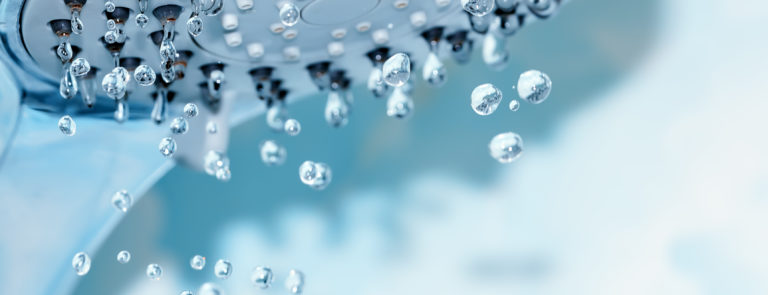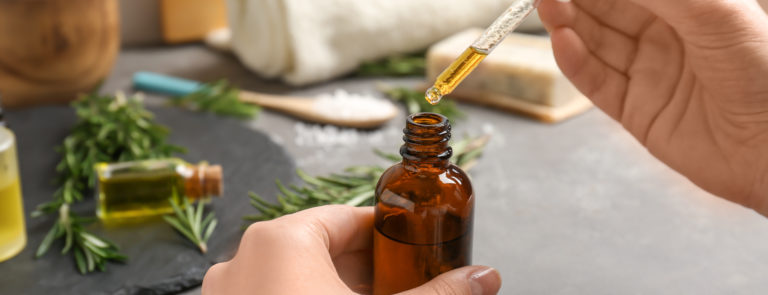20% off €35
Code:EXTRA20
What is thrush? A guide for men & women

This common yeast infection can affect both men and women. This expert guide covers all you need to know about thrush, including causes and symptoms.
Thrush is a common yeast infection that can affect both men and women. Find out what causes it and what the symptoms of thrush for men are and what the symptoms of thrush in women are over the next few paragraphs. Most women have had thrush at some point in their lives, and if you’ve ever been affected, you’ll know how awkward it can be.1 According to research carried out by the University of Manchester, three out of four women are thought to develop it at least once and 6% of the female population repeatedly suffer from it. Overall, more than one million women in the UK are affected by it2
What is thrush?
It’s a yeast infection usually caused by a fungus called Candida Albicans. This fungus lives naturally in the body, where it thrives in warm, moist conditions.
Normally, it doesn’t cause any problems, but certain conditions can cause it to grow – and that’s when it may cause thrush.3 Thrush is most common in the vagina or on the penis, but it can also crop up on other parts of the body including:4
- armpits
- groin
- mouth
Who gets thrush?
Both men and women can get thrush, but it’s more common in women. It’s estimated three in four women will be affected at some point.5 You’re most likely to get it in your 30s and 40s or if you’re pregnant.6 If your thrush is severe, then you may suffer from symptoms longer if you choose to treat it by using a non-prescription remedy.7
What are the symptoms of thrush?
Symptoms of thrush in men
Main symptoms include:8
- irritation, burning and redness around the head of the penis and under the foreskin
- a white discharge (like cottage cheese)
- an unpleasant smell
- difficulty pulling back the foreskin
Male yeast infections tend to target the head of the penis. Genital yeast infections are more common in uncircumcised men due to the fact the conditions underneath the foreskin are ideal for fungus development and growth. Most male yeast infections, i.e. thrush, cause balanitis, which is when the tip of the penis becomes inflamed.9
Thrush symptoms in women
Main symptoms include:10
- white vaginal discharge (like cottage cheese), which does not usually smell
- itching and irritation around the vagina
- soreness and stinging during sex or when you pee
Thrush symptoms in other parts of the body:
- in the armpits or groin – a itchy, red or painful rash that scales over, with white or yellow discharge
- oral thrush – white patches in the mouth, loss of taste, redness inside the mouth11
What causes thrush?
Thrush develops when the Candida Albicans yeast grows out of control for a variety of reasons.12 Common causes include:13,14
- hormone changes in women – for example, due to pregnancy
- underlying health conditions that weaken the immune system - such as diabetes and HIV
- using perfumed bathing products – such as soaps and shower gels
- not drying your genital area after a shower or bath (applies to men) – candida thrives in warm, moist conditions
- diabetes - high levels of blood sugar can help yeast infections get established15
- obesity - folds in the skin create a good environment for thrush to develop and thrive16
While thrush isn’t a Sexually Transmitted Infection (STI), it can sometimes be triggered by sex or be passed on during sex.17
How long does thrush last for?
Mild yeast infections can clear up in a matter of days (around three days). However, moderate to severe infections can take between one and two weeks to clear up.18
Lifestyle changes that could help with thrush
Some simple lifestyle changes can really help. These include:19,20
- having showers instead of baths
- washing your genitals with water and a perfume-free emollient rather than soap or shower gel
- wearing cotton underwear – avoid anything too tight, such as tight jeans or nylon shorts
- avoiding sex until the thrush has cleared up
- for men - pull back the foreskin and thoroughly wash the head of your penis every day21
Managing thrush
See your GP or a sexual health clinic if you think you have your first bout of thrush – they’ll check if thrush is definitely the issue and advise you about appropriate treatment.22 If your thrush has already been diagnosed, you can get over the counter treatments from a pharmacist, including pessaries. Symptoms usually clear up within a week.23
Helping thrush at home
If you're looking for more ways to help combat thrush, try the below:
- Friendly bacteria – in particular those containing the Lactobacilli strain of bacteria. Although studies have had mixed results, a 2009 Canadian review reported that participants taking friendly bacteria and a prescription medication had fewer yeast cultures than those taking just the medication.24
- Natural yoghurt – this source of friendly bacteria, when applied internally or externally, may help women according to the National Institute for Health and Care Excellence (NICE).25
- Honey – honey is a natural anti-fungal and anti-microbial, and in a 2006 study by the University of Sydney was shown to help curb candida growth.26 Try mixing honey with natural yoghurt: a 2012 study in Archives of Gynaecology and Obstetrics reported that a combination of the two reduced symptoms of thrush in pregnant women.27
- Boric acid - its been shown in studies to have a positive effect on strains of yeast that cause conditions like thrush to develop.28 Whether you’ve got thrush or have never had thrush and want to understand and avoid getting it, this article will hopefully provide you with the guidance you need on this particular topic.



